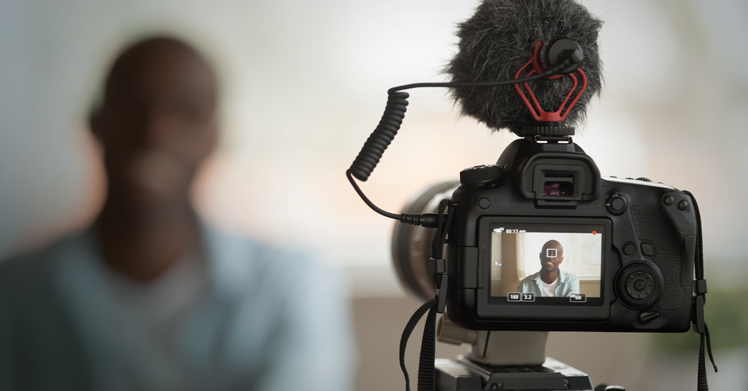Sarah Barnard looks at the questions to ask patients and practical tips to create great video testimonials and why they’re important…
We all know that patient testimonials are a must-have. And while written case studies are great, capturing your patients’ stories on video can give it that extra edge.
Video testimonials are one of the most effective ways to help patients choose to go ahead with a particular treatment or join your practice rather than a competitor’s.
Like written testimonials they allow the patient to tell their own story. Having an independent third party talking about the positive impact of taking up treatment or becoming a member of your practice, gives it added credibility.
It also provides what’s known as ‘social proof’. This means that when we read or view a testimonial it reassures us that people like us buy this product/have this treatment/use this service.
The popularity of videos
And while written testimonials are still a valid part of your marketing, particularly in your printed materials, video is becoming increasingly important.
As a society we are watching more and more of them online – 1 billion hours of video are viewed each day on YouTube and Google say that 60% of people would rather watch online videos than TV.*
Statistics also show that when people watch a video they retain 95% of its message, compared to 10% when they read text, and four times as many customers would rather watch a video about a product than read about it.**
A video is also more likely to be shared across social media platforms than text and images. So, as well as helping patients to say yes to your practice and to treatment, videos can help increase your online presence and raise your profile.
Creating social proof
But, how do you create a great video testimonial?
And, particularly, how do you create a video that will resonate with your audience and provide that social proof?
One thing to consider is creating different videos that will cover various scenarios and demographics. For example, a young patient that wanted their teeth straightening to feel more confident but was worried about the cost. Or an older patient who had implants and can now enjoy eating easily again.
Covering as many bases as possible will help more people to find that ‘someone like them’.
What to ask
A video testimonial comes from the patient directly, but you will need to guide them in order to make sure the most important points are covered.
Below are the seven questions that dental business coach, Ashley Latter, says you need to ask:
- What was the problem you faced?
- Why did you decide to have the treatment done at that period in time?
- Why did you choose our practice?
- What has your experience been like?
- What have been the major benefits to your life since having the treatment?
- Was it a good investment of both time and money?
- What advice would you give others considering this treatment?
Of course, depending on the specific circumstances of each video you may want to ask additional questions as well.
How to create a video on your phone
You may choose to outsource your video testimonials to a third party. However, most mobile phones now have good enough cameras to allow you to produce a high-quality video yourself.
Below are six practical tips to consider if you are filming your testimonials on a mobile:
- Pick the right background. This could be a comfy chair in a waiting room or an office desk
- Use as much natural lighting as possible. Try to face towards a window rather than against it, otherwise you will create a silhouette
- Record in landscape rather than portrait. That way you will fill the screen when you publish your video and there won’t be any black lines either side
- Pick a quiet location to ensure you get the best audio quality
- Make sure your subject is in focus and in frame. Try not to cut off tops of heads
- Try to stabilise your video. If you haven’t got a tripod, lean on something that’s solid and won’t move, i.e. a table, chair or even another person.
With these tips in mind, it’s time to start looking for the perfect patient to star in your first video testimonial.
*https://biteable.com/blog/tips/video-marketing-statistics/ **https://www.uscreen.tv/blog/7-reasons-video-testimonials-are-the-highest-converting-tools-of-2018/
